Your Cart is Empty
Free Shipping over $150 (Excludes Oversized Products)
Menu

0
Your Cart is Empty
Free Shipping over $150 (Excludes Oversized Products)
Free Shipping over $150 (Excludes Oversized Products)

Your Cart is Empty
Free Shipping over $150 (Excludes Oversized Products)
by David Kranker 10 min read
Quick Summary
Knives need to be regularly maintained for improved performance and safety. Fortunately, there are various tests available, such as the visual inspection, paper test, vegetable or fruit test, shaving test, arm hair test, and tomato test, to accurately assess a knife's cutting ability. Other factors affecting knife sharpness and maintenance include blade material, angle, and edge geometry.
Dull knives don’t always look different from sharp ones but when it comes to performance, there’s no comparison. If they manage to cut at all, it takes longer and your wrist muscles do most of the work.
It’s best to routinely assess the sharpness of your blades and sharpen them when needed. In this blog, the team at Red Label Abrasives outlines the best ways to test the sharpness of a knife, as well as, how you can keep it in fine cutting form moving forward.
When a knife lacks sharpness, it becomes increasingly challenging to maintain control while cutting. As a result, more force is required, increasing the likelihood of accidents and cuts. Dull knives also tend to yield uneven and messy cuts, negatively impacting the overall presentation and aesthetics of the prepared food.
The limitations of a dull knife extend beyond the realm of cooking. For various outdoor activities such as camping, gardening, or DIY projects, a sharp knife is indispensable for achieving efficient and safe results. Whether you need to slice through a rope, trim plants, or handle intricate tasks, a well-maintained sharp knife is essential.
In a sharp knife, the edge is finely honed to a thin, pointed line, enabling clean and precise cuts. There are various factors that affect the sharpness of your blades, including:
By understanding these aspects of knife sharpness, you can reasonably assess the condition of your knives. The tests below can help you confirm whether sharpening is necessary.
Start by examining the entire length of the blade, paying close attention to the cutting edge. Look for any visible nicks, chips, or deformities along the edge or surface. Nicks and chips can occur due to accidental impacts with hard surfaces or improper cutting techniques. Deformities, on the other hand, might arise from poor knife maintenance or exposure to excessive heat.
Next, focus on the cutting edge of the blade. A sharp knife should have a smooth and even edge without any irregularities or notches. Run your finger gently along the edge to check for any rough spots or inconsistencies. These imperfections can negatively impact the knife's cutting performance and lead to uneven and less precise cuts.
Lastly, inspect the entire blade, including the non-cutting areas, for any signs of discoloration or corrosion. Discoloration or dark spots on the blade's surface could be indicative of rust or corrosion, which can significantly degrade the blade's performance and hygiene.
Regular maintenance and prompt addressing of any issues will help preserve your knives' longevity and performance, ensuring they remain ready to tackle any cutting task with efficiency and precision.
The paper test is a quick and effective way to assess the sharpness of your knife. This method involves slicing through a piece of paper to gauge the blade's cutting ability. When a knife is sharp, it should glide effortlessly through the paper, creating a clean and precise cut. On the other hand, a dull knife will struggle to cut the paper cleanly, leaving ragged edges and indicating the need for sharpening.
To perform the paper test, follow these simple steps:
Opt for a vegetable or fruit with a relatively firm texture, such as a carrot, cucumber, or bell pepper. The chosen item should offer enough resistance to provide a clear indication of the knife's cutting ability. Once you have the suitable produce, follow these steps to perform the test:
A sharp knife will effortlessly slice through the produce, leaving behind a clean and smooth cut surface. The blade should glide through the item with minimal resistance, showcasing the knife's cutting prowess.If the knife struggles to cut through the produce smoothly, causing jagged or torn edges, it indicates that the blade is dull and in need of sharpening.
Safety precautions must be taken before you attempt the shaving test to check the sharpness of your knife:
When you’re ready, follow these steps:
A successful shaving test, where the knife effortlessly shaves the hair, indicates a sharp and well-maintained blade. If the knife struggles to shave the hair or only manages to pull and snag the hair without a clean cut, it suggests that the blade may be dull and in need of sharpening.
The tomato test is an excellent real-world evaluation of a knife's sharpness, specifically in culinary settings. Tomatoes possess a unique combination of soft flesh and delicate skin, making them a challenging material to cut without causing damage. Conducting the tomato test allows you to gauge your knife's sharpness by observing how effectively it can slice through this tricky produce.
To conduct the tomato test accurately, follow these steps:
A sharp knife will effortlessly glide through the tomato, creating clean and smooth cuts. In contrast, a dull knife will struggle to slice cleanly, affecting the tomato's appearance and indicating the need for sharpening or honing.
This test involves suspending a piece of paper and cutting through it, allowing the knife's performance to be assessed based on the clean and effortless cuts it produces. To conduct the hanging paper test, follow these steps:
A sharp knife will create a clean, precise cut through the suspended paper with minimal effort. If the knife struggles to cut through the paper, resulting in ragged or torn edges, it indicates that the blade may be dull and requires sharpening.
This test is similar to the shaving test described above, only it focuses on arm hair. Before attempting it, it's essential to take the following precautions:
When you’re ready, follow these steps to perform the arm hair test safely:
A sharp knife will effortlessly shave off arm hair with a smooth and precise cut. The blade should glide through the hair without any pulling or tugging sensation. If the knife struggles to cut the arm hair and causes pulling or tugging, it suggests that the blade may be dull and requires sharpening.
Keeping your knives sharp through regular maintenance is essential for optimal performance, efficiency, and safety in the kitchen. A sharp knife ensures smooth and precise cuts, minimizing the risk of accidents associated with using a dull blade. Regular maintenance also extends the lifespan of your knives, preventing premature wear and damage that can occur with neglect.
There are several methods to sharpen a knife, each requiring different tools and techniques. Here are some tips for sharpening your knife effectively:
Understanding the sharpness of your knife is vital for safe, efficient, and precise cutting tasks, whether in the kitchen or beyond. By employing various testing methods, you can accurately assess your knife's edge and determine whether it requires sharpening or honing to maintain optimal performance.
At Red Label Abrasives, we manufacture high-quality sanding sheets and sharpening belts that you can use to sharpen your knives and restore their cutting edge to pristine conditions. Our abrasive products provide a convenient and affordable solution to keep your knives in top-notch shape, allowing you to enjoy a seamless cutting and slicing experience.
We've been producing abrasives for knife makers for over 35 years. Our sanding belts (especially our 2 x 72 inch sanding belts) have become the preferred belts of the industry. If you have questions or would like to place an order, call 844-824-1956 or fill out our contact form today!
David Kranker is a writer and creative maker who has been covering the abrasive and knife-making industries on the Red Label Abrasives Blog since 2020. David spends his time continually researching sanding and bladesmithing to provide readers with the latest and greatest information. In his free time, David utilizes abrasives for many different home and auto projects at his home in Delton, MI.
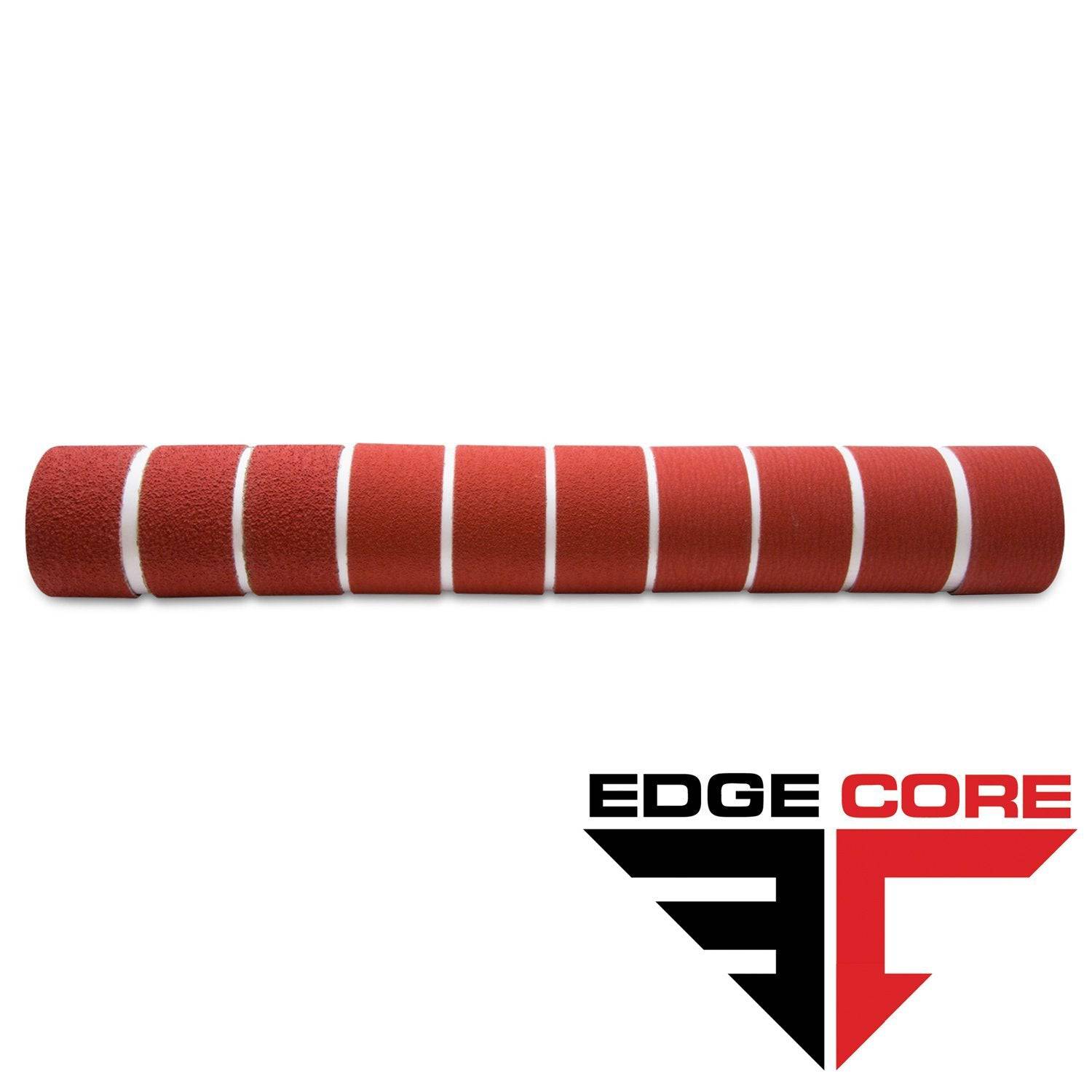
2 X 72 Inch Knife Makers Sanding Belts Assortment
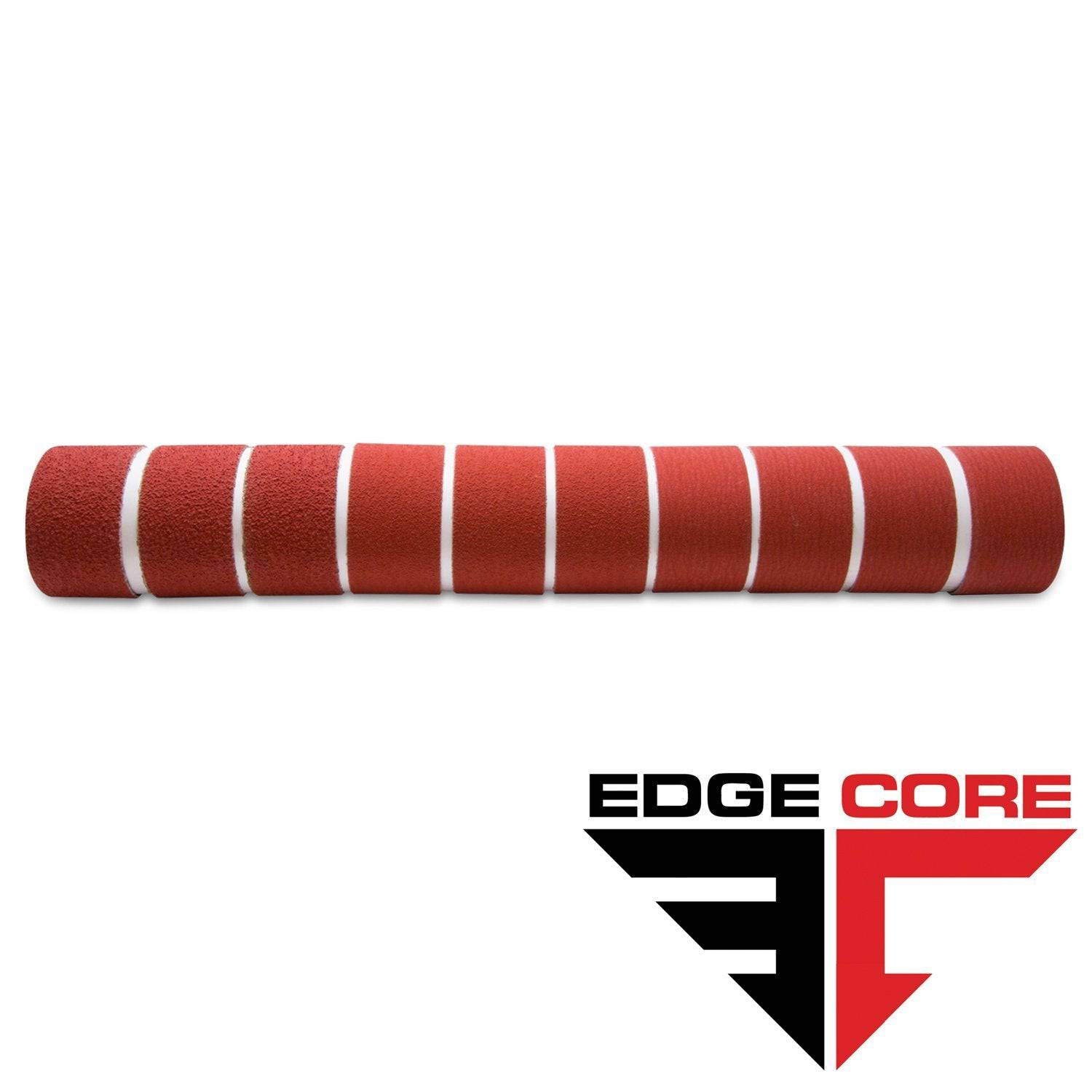
2 X 60 Inch Knife Makers Sanding Belts Assortment
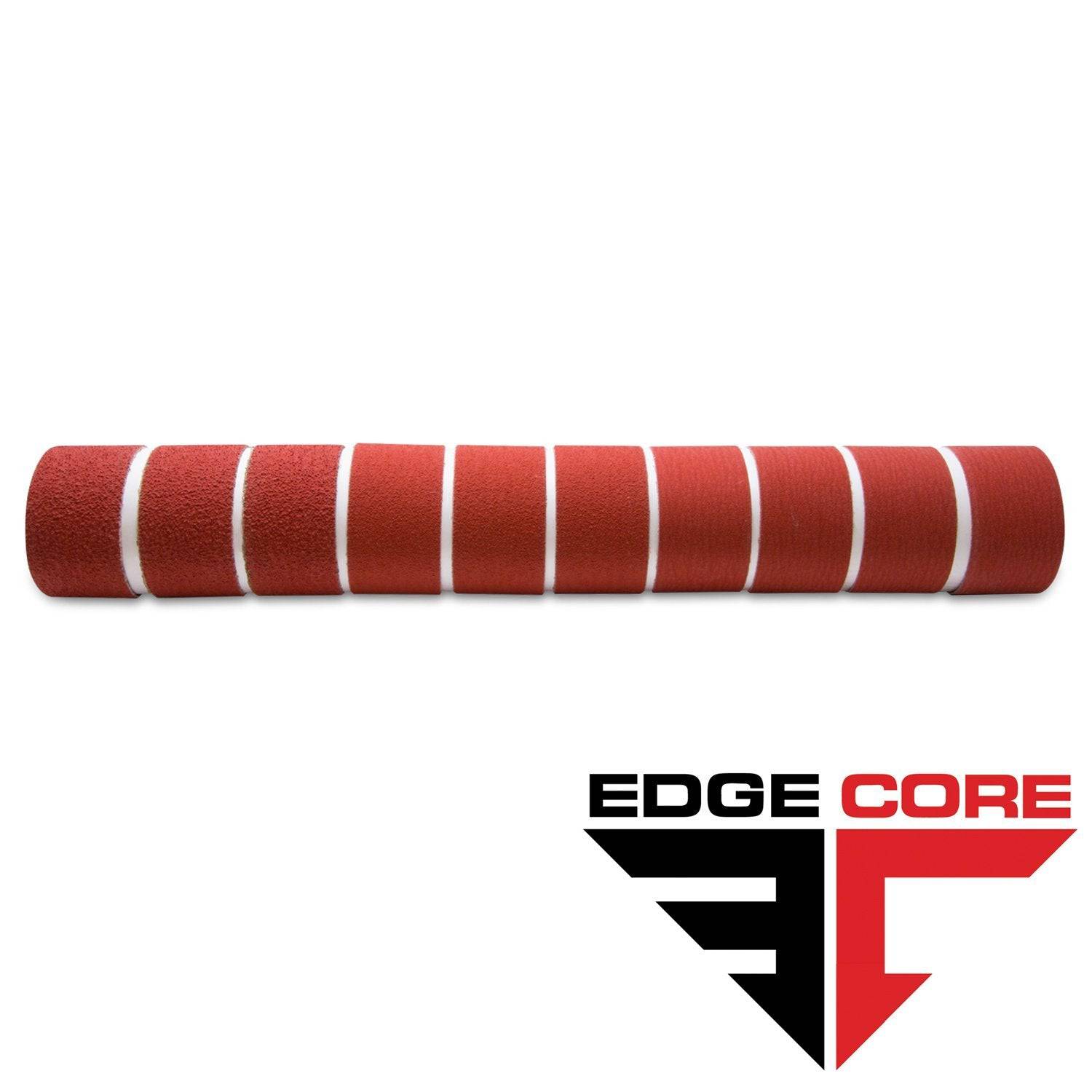
2 X 48 Inch Knife Makers Sanding Belts Assortment
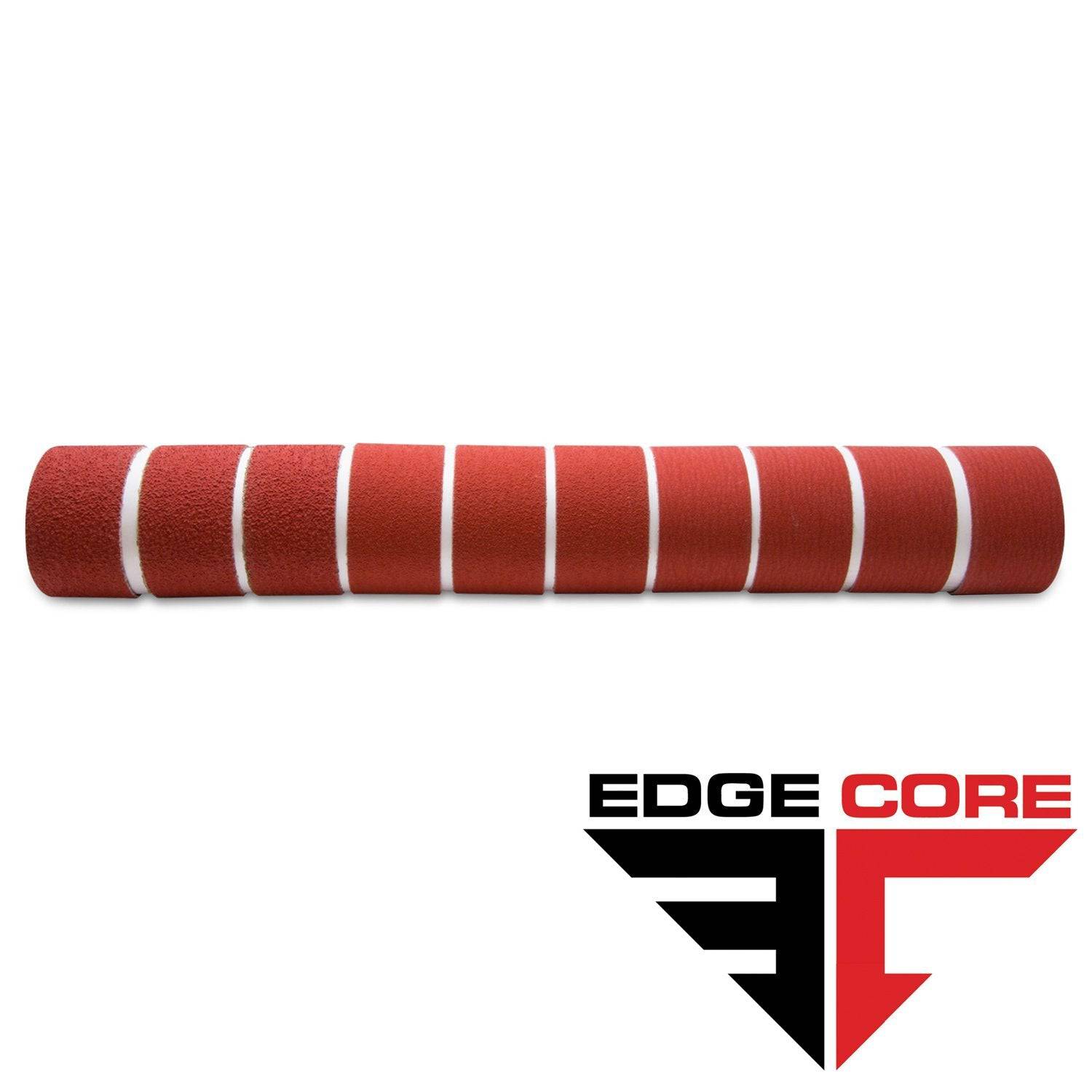
2 X 36 Inch Knife Makers Sanding Belt Assortment
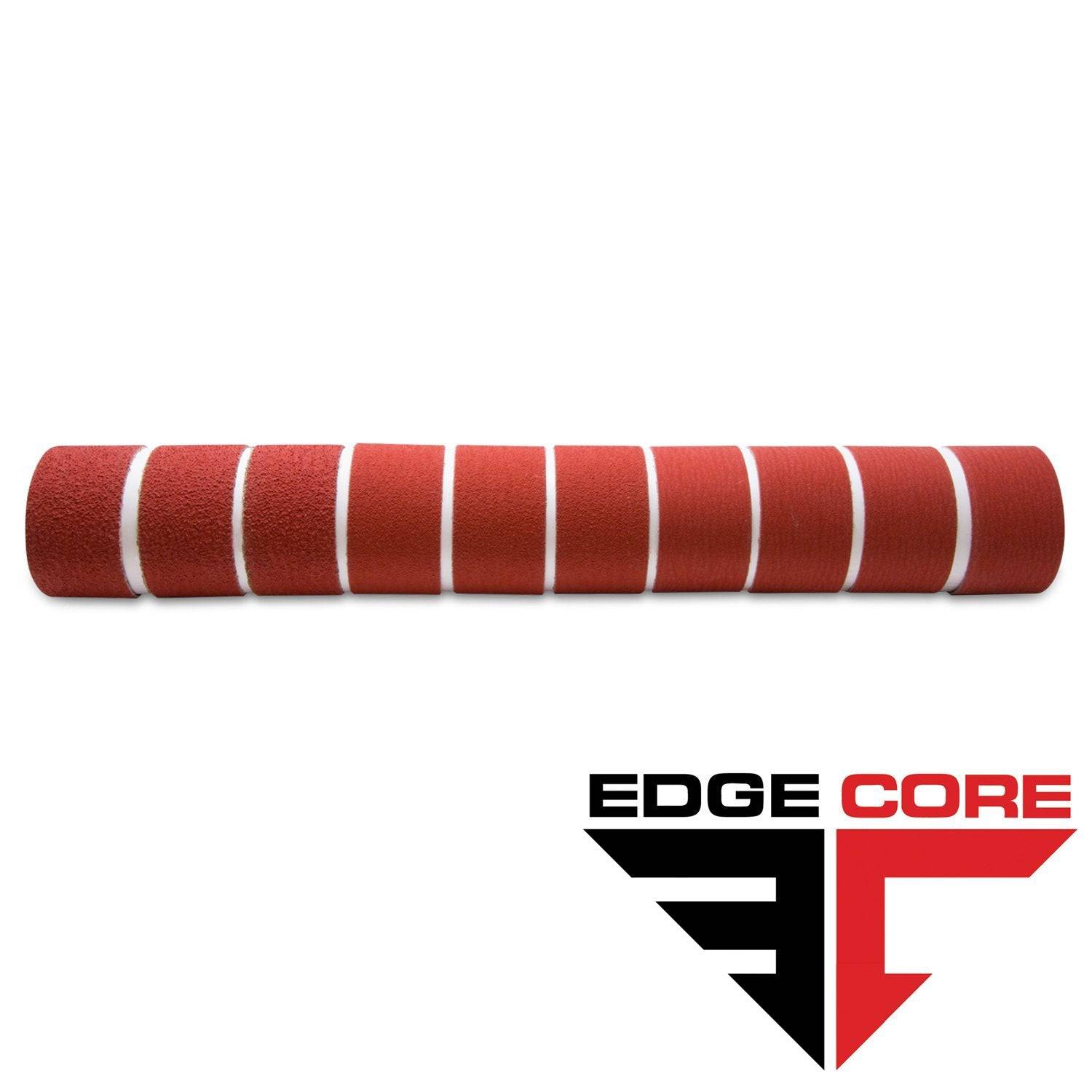
2 X 42 Inch Knife Makers Sanding Belts Assortment
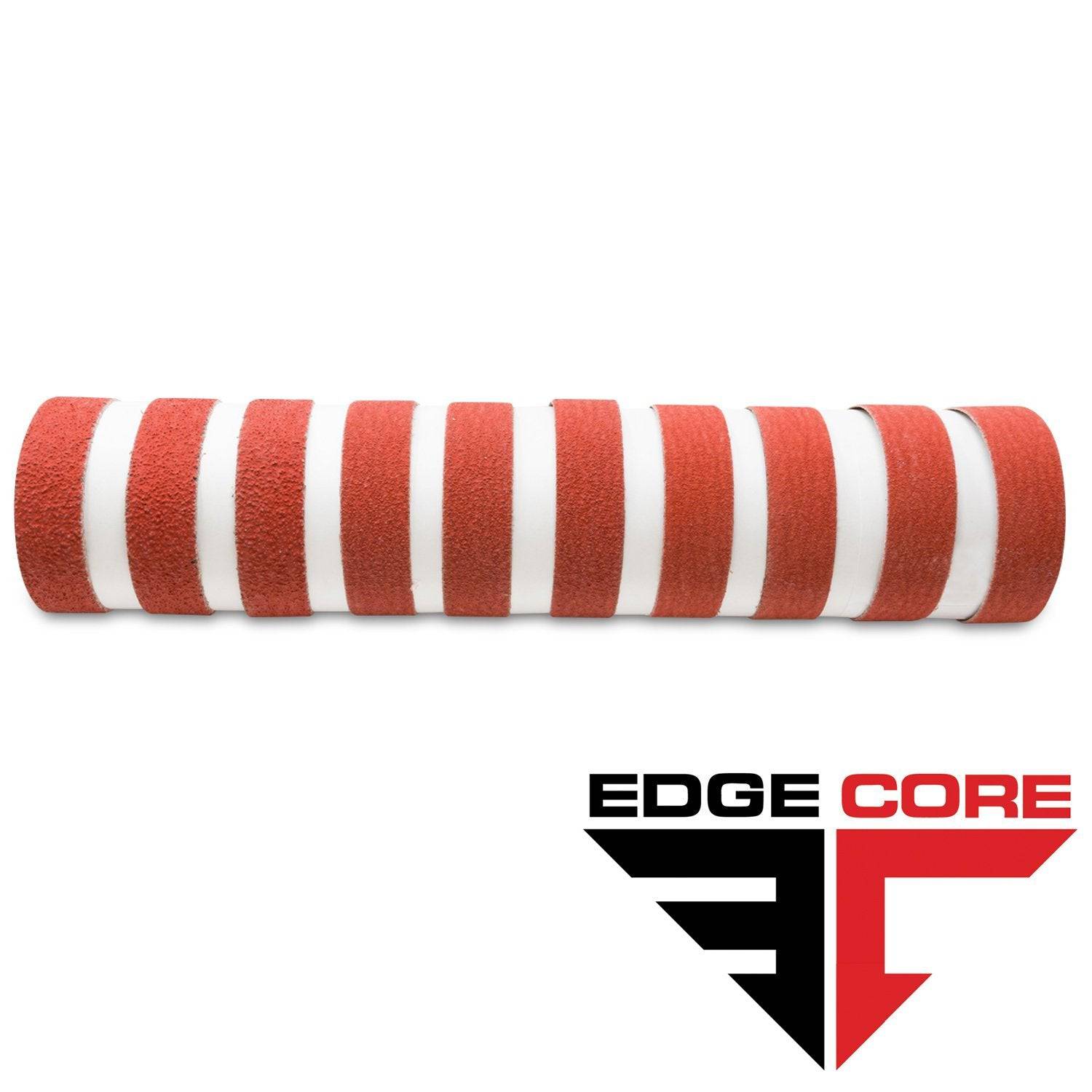
1 X 30 Inch Knife Makers Sanding Belts Assortment
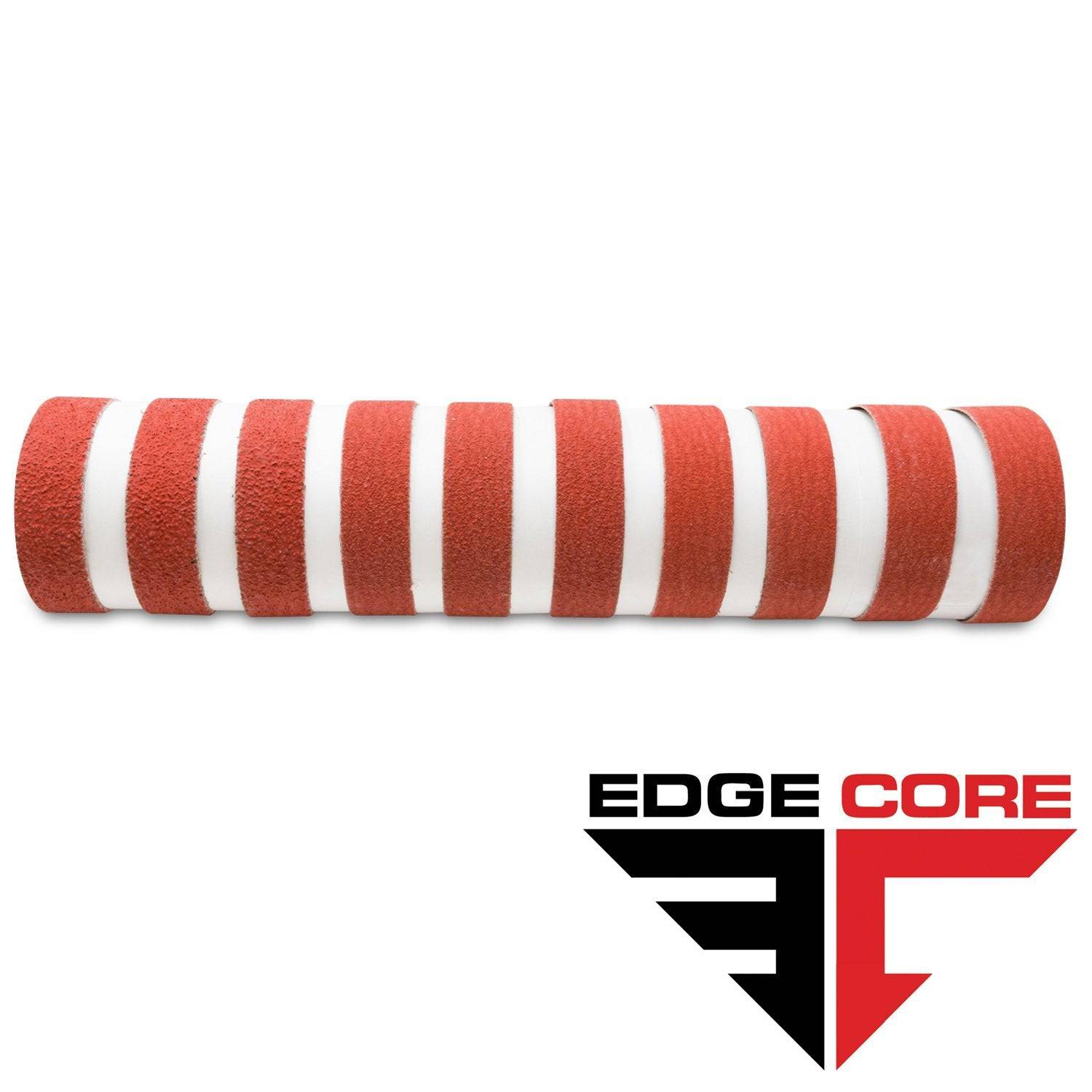
1 x 42 Inch Knife Makers Sanding Belt Assortment






